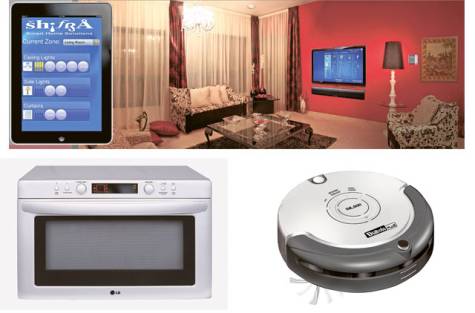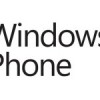“Smart home” , as this word strikes us, the world of imagination starts in our mind like a home where you can listen to your favorite CD from anywhere in your house, To set up a wireless network so you can access the Internet in any room, To install an iron-clad security system, To fire up the coffee pot while you’re still asleep and wake up with automated lighting, where lights adjust without you having to get up, and where your snail-mailbox would send you a message when you get a package, all this sounds like dream but Smart home technology can help you do just that!
Smart home (also known as home automation ) technology is the integration of electrical devices and one or more computer. These systems are often controlled remotely-you can use a smartphone or tablet, for instance. Most people use home automation for either added comfort or security, or to be more energy efficient.

Numerous companies offer to automate your home for a (sometimes hefty) fee. Home automation doesn’t have to cost thousands to install, though: With the right equipment and a little know-how, you too can assemble your very own home automation system.
Home automation systems provide automatic control and operation of the home or of specific activities, tasks and work in the home. Among the common tasks and systems handled using home automation are temperature control, ventilation, lighting, security systems, appliances, power consumption, power generation, robotics, entertainment systems and medical systems. We’ll see how major technology firms like AT&T, Apple, Verizon, Comcast, Google and Microsoft have invested significant capital in research and development for the “smart home” of the future and how they are shaping up the future of “Smart Home”.
Google, Microsoft and Apple are all creating apps for use with home automation systems using mobile devices and computers. For example, Google launched Android@Home last year specifically for smart home apps on Android devices. The Android Market uses open source code so developers can create their own apps for these devices using Google protocols and APIS, and then offer them to the public. Many of the new Google Android apps control home entertainment systems although they also provide connectivity for other household appliances and devices.
Lowe’s offers wireless thermostats and home security gear that can be accessed from a Web site for monitoring and remote control.
Services like Grid2Home allow users to better control energy efficiency by establishing a two-way communication link with the power grid. Such systems allow you to use your laptop, iPhone or other mobile device to check your thermostat or to check whether you left on any appliances in the house.
In the not-too-distant future, smart homes will feature controls with both voice and manual operation options. Touch screens will feature commonly throughout the home allowing us to control devices from any location. Robots will become prominent and could include devices like robotic vacuum cleaners and robots that set the mood in the room by adjusting lighting and releasing fragrances into the air. After some time, this modern era will be totally change into energy efficient advanced home technology era where your tasks will be accomplished in matter of seconds…



